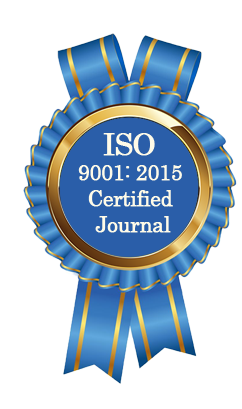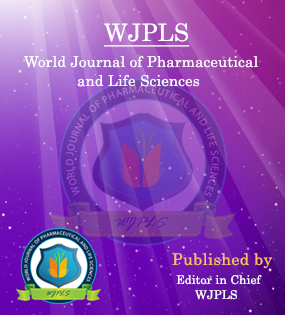Abstract
RABIES AS ANIMAL AND PUBLIC HEALTH PROBLEM: ITS CONTROL AND PREVENTION
Aweke Kindu Worku, Gashaw Getaneh*
ABSTRACT
Rabies is caused by negative strand RNA-viruses belonging to the genus Lyssavirus. According to the International Committee on Taxonomy of Viruses (ICTV), Lyssavirus species segregate into two phylogroups. There is a significant serological neutralization within phylogroups, but very limited crossneutralization has been detected between phylogroups. Classical rabies virus (RABV), the prototype lyssavirus, is the causative agent of the classical rabies and is responsible for the vast majority of all human rabies cases. Interestingly, bats are primary or sole reservoir hosts for all lyssaviruses except Mokola virus (MOKV). Rabies is one of the most terrifying diseases, is of a great concern from both public and animal point of view. Wild animals and carnivorous bats are the primary reservoirs for rabies in many parts of the world, but domestic carnivores are the principal source of transmission of rabies infection to human being. Human being acquired the disease mostly when bitten by rabid carnivorous. Control and prevention strategy is primarily driven by the necessity to prevent spread to people. In Ethiopia, the production size and distribution of human and animal anti rabies vaccine for domestic supply per annum has increased from six thousand to twenty thousand doses for the last nine years (2001-2009), however it does not meet the projected domestic demand of eighty thousand doses at national level. The retrospective data for rabies diagnosis, post exposure prophylaxis and fatal human cases were underestimated due to the absence of rabies diagnosis laboratory across the country. Therefore, it is of a paramount importance to assess and map the national picture of rabies within a given time interval to launch a national rabies control strategy. The control should be based on control in domestic and wild carnivorous, bats, mass immunization of the principal vector and stray dog control. Pre-exposure immunization is strongly recommended for all people in high risk groups particularly for veterinary practitioners and post-exposure treatment for humans should be made available to all medical practitioners found in the rabies affected areas.
[Full Text Article] [Download Certificate]WJPLS CITATION 
| All | Since 2020 | |
| Citation | 590 | 424 |
| h-index | 12 | 10 |
| i10-index | 17 | 14 |
INDEXING
NEWS & UPDATION
BEST ARTICLE AWARDS
World Journal of Pharmaceutical and life sciences is giving Best Article Award in every Issue for Best Article and Issue Certificate of Appreciation to the Authors to promote research activity of scholar.
Best Article of current issue
Download Article : Click here





